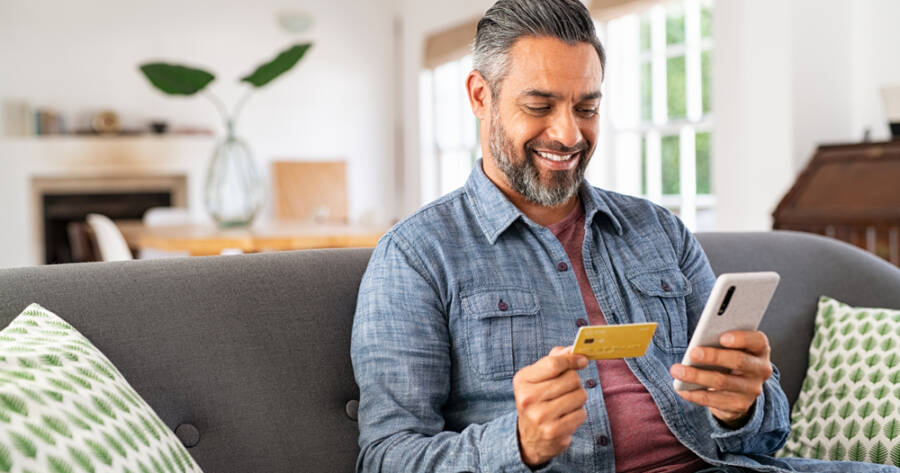A checking account is one of the most useful tools for managing your everyday money. Yet, many people open one without fully understanding how it works. From paying bills to making purchases and receiving your paycheck, it’s the financial hub of your daily life. Learning how to use a checking account wisely can make spending, saving, and staying on top of your finances much easier, whether you’re just getting started or looking to improve your habits.
What a Checking Account Is (And What It’s For)
A checking account is a bank account designed for everyday spending and managing your cash flow. It allows you to deposit money, make withdrawals, pay bills, transfer funds, and use a debit card for purchases. Unlike a savings account, it’s meant for frequent access, not long-term saving.
Most checking accounts come with features like online banking, mobile apps, automatic payments, and overdraft protection. It acts as your financial home base, making it easier to track income and expenses. Whether you’re getting your first job, managing bills, or simply want to organize your finances, a checking account offers the flexibility and tools to keep your money moving smoothly.
How To Open a Checking Account
Opening a checking account is usually straightforward. You’ll need to provide basic identification — like a driver’s license or passport — and some form of initial deposit, often $25 to $100. You can open an account in person at a bank or credit union, or online through most financial institutions.
Before choosing an account, compare features like monthly fees, overdraft policies, ATM access, and mobile app reviews. Some banks offer student or no-fee options for beginners. Picking the right fit from the start can make a big difference in how you manage your money day to day. Once opened, you’ll receive a debit card and routing/account numbers, which allow you to start managing your money right away.
Understanding Fees and How To Avoid Them
Not all checking accounts are free. Some charge monthly maintenance fees, overdraft fees, or fees for using out-of-network ATMs. These charges can add up quickly if you’re not paying attention, but the good news is many of them can be avoided.
Look for banks that offer fee-free accounts or waive fees if you meet certain requirements, like setting up direct deposit or maintaining a minimum balance. You can also avoid overdraft fees by opting out of overdraft protection or regularly checking your balance before making purchases. Understanding your bank’s policies up front puts you in control and helps you avoid unnecessary costs that eat into your hard-earned money.
How To Use Your Debit Card Safely
When you open a checking account, you’ll usually receive a debit card that gives you direct access to your funds. You can use it to make purchases in-store or online, withdraw cash at ATMs, or pay bills. But because it’s connected to your checking account, it’s important to use it carefully.
Always monitor your account for suspicious activity and report lost or stolen cards immediately. Be cautious when using public Wi-Fi to check your balance or make purchases. Setting up account alerts can help you track spending and detect fraud quickly. Using your debit card responsibly keeps your account secure and ensures you always know where your money is going.
Using Online Banking and Mobile Tools
Modern checking accounts come with digital features that make managing your money easier than ever. Most banks offer online banking platforms and mobile apps where you can check your balance, transfer funds, deposit checks, and set up bill payments, all from your phone or computer.
Take advantage of tools like automatic transfers, spending categories, and transaction alerts. These features help you stay organized, avoid late payments, and see your financial patterns more clearly. Once you get familiar with these tools, they can save time and reduce stress, giving you a clearer picture of your finances at a glance. It’s like having a financial assistant in your pocket.
Tips To Make the Most of Your Account
A checking account is more than a place to store your money, it’s a tool that can support your financial goals. Set up direct deposit so your paycheck goes straight into your account, then create a routine for reviewing your balance and transactions weekly. Even five minutes can make a difference.
You can also link your checking account to a savings account to set up automatic transfers and start building a buffer or emergency fund. Avoid using it like a bottomless wallet; knowing your balance helps you spend mindfully. With just a few consistent habits, you can use your checking account to stay on top of your money instead of feeling like it’s managing you.
Your Everyday Money, Made Simple
A checking account is the foundation of your day-to-day financial life. When used wisely, it helps you spend, save, and stay organized, all in one place. Understanding how it works puts you in control and builds your confidence with money.
Whether you’re brand new to banking or just want to sharpen your habits, a checking account is one of the simplest ways to start building a strong financial routine. Start small, stay consistent, and let it support your goals.

